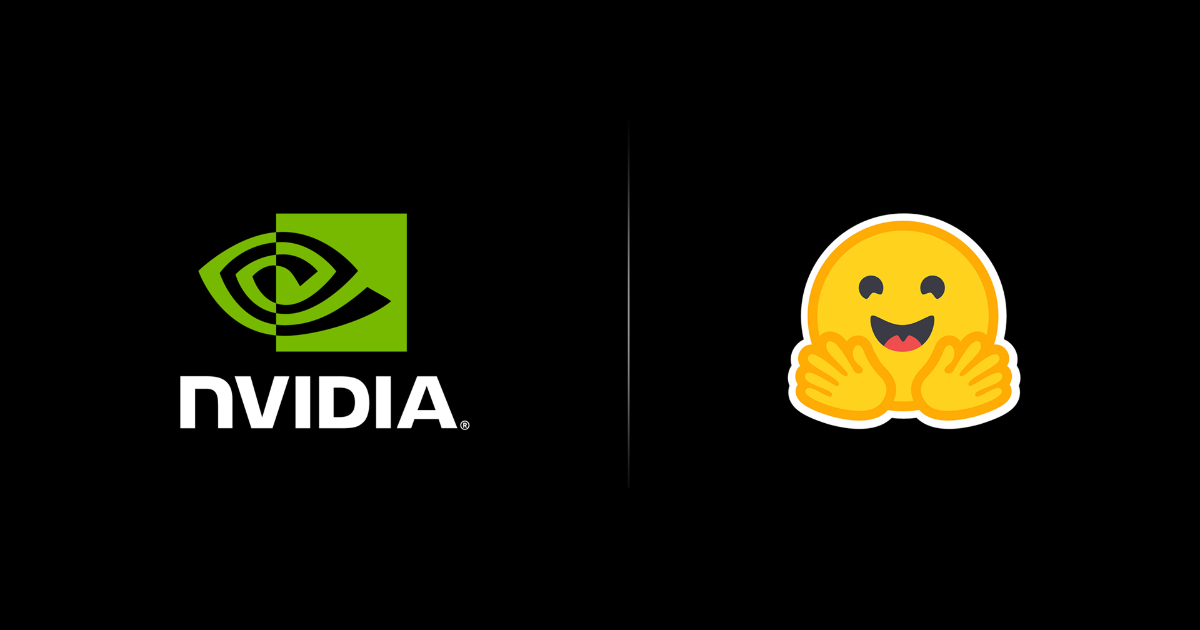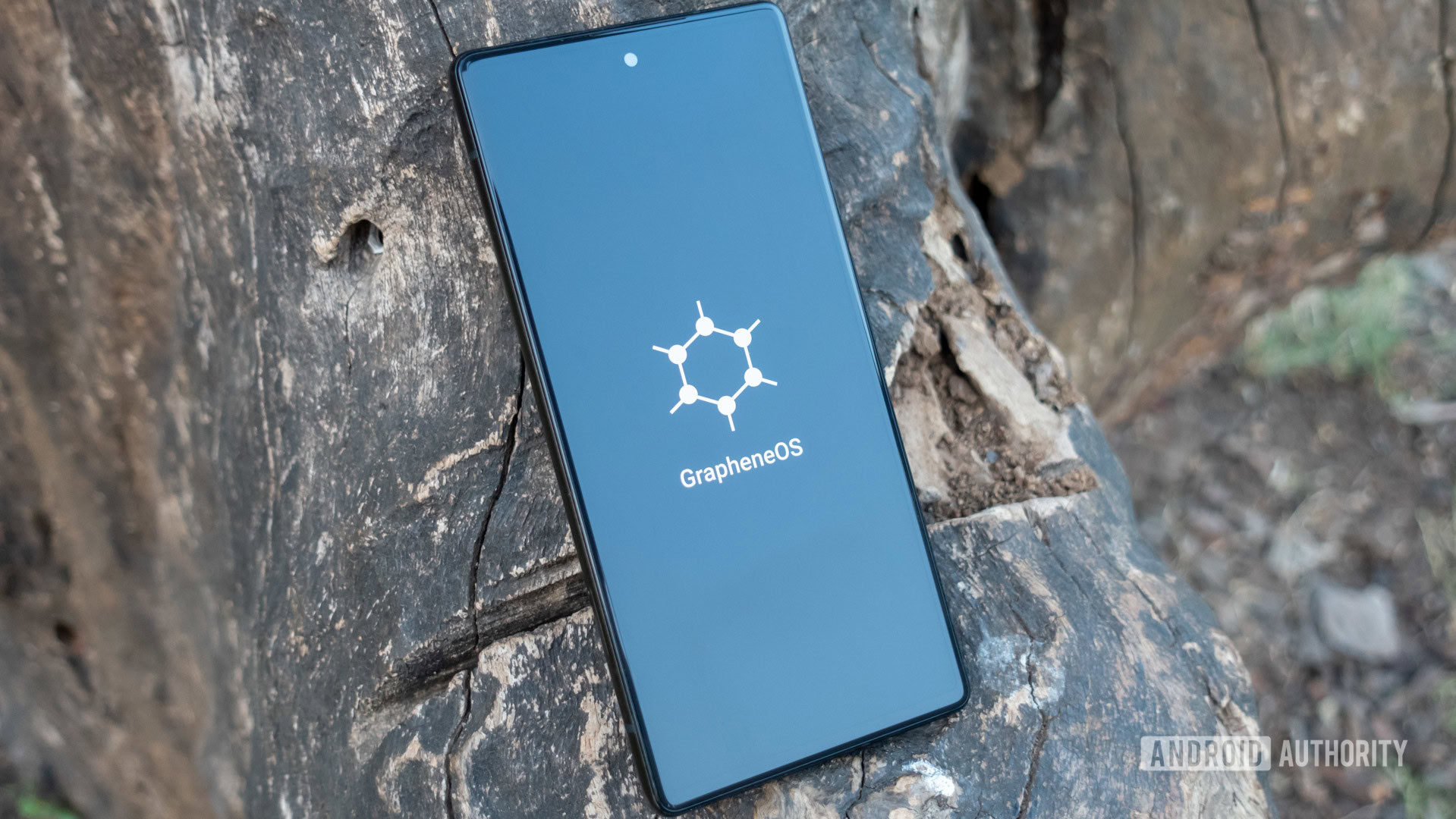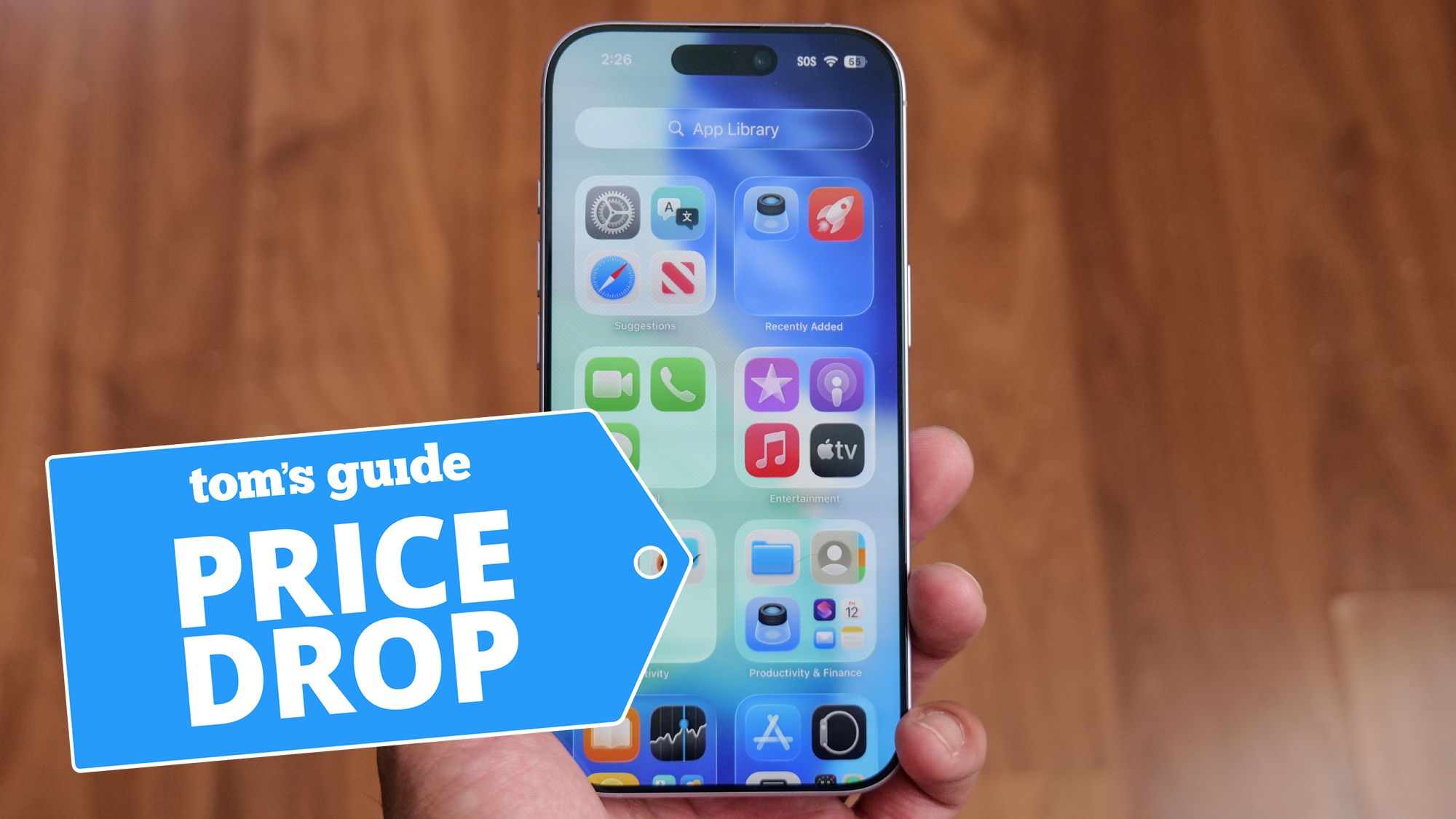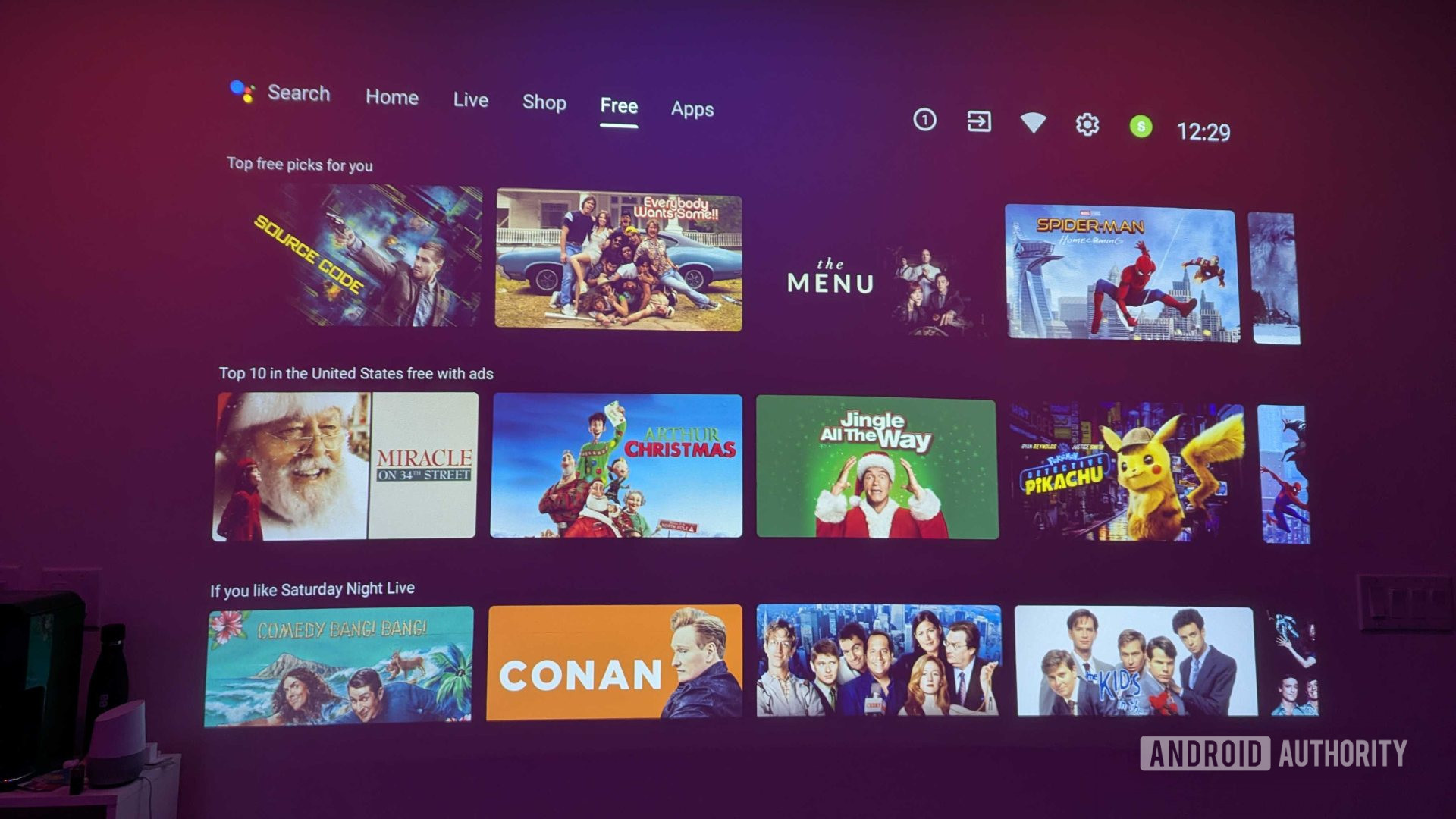NVIDIA has introduced OmniVinci, a large language model designed to understand and reason across multiple input types — including text, vision, audio, and even robotics data. The project, developed by NVIDIA Research, aims to push machine intelligence closer to human-like perception by unifying how models interpret the world across different sensory streams.
OmniVinci combines architectural innovations with a large-scale synthetic data pipeline. According to the research paper, the system introduces three key components: OmniAlignNet, which aligns vision and audio embeddings into a shared latent space; Temporal Embedding Grouping, which captures how video and audio signals change relative to one another; and Constrained Rotary Time Embedding, which encodes absolute temporal information to synchronize multi-modal inputs.
The team also built a new data synthesis engine producing over 24 million single- and multi-modal conversations, designed to teach the model how to integrate and reason across modalities. Despite using only 0.2 trillion training tokens—one-sixth of what Qwen2.5-Omni required—OmniVinci reportedly outperforms it across key benchmarks:
- +19.05 on DailyOmni for cross-modal understanding,
- +1.7 on MMAR for audio tasks, and
- +3.9 on Video-MME for vision performance.
Source: https://huggingface.co/nvidia/omnivinci
NVIDIA researchers describe these results as evidence that “modalities reinforce one another,” improving both perception and reasoning when models are trained to process sight and sound together. Early experiments also extend into applied domains like robotics, medical imaging, and smart factory automation, where cross-modal context could boost decision accuracy and reduce latency.
However, the release has not been without criticism. Although the paper refers to OmniVinci as open-source, it is released under NVIDIA’s OneWay Noncommercial License, which restricts commercial use. This sparked debate among researchers and developers.
As Julià Agramunt, a data researcher, wrote on LinkedIn:
Sure, NVIDIA put in the money and built the model. But releasing a ‘research-only’ model into the open and reserving commercial rights for themselves isn’t open-source, it’s digital feudalism. The community does the free labor and improves the model, they keep the profit. That’s not innovation sharing, it’s value extraction dressed up as generosity.
On Reddit, one user noted the lack of accessibility at launch:
Does anyone have access to this yet? Trying to see their bench results, but it’s locked behind them accepting users.
For those who do gain access, NVIDIA provides setup scripts and examples through Hugging Face, showing how to run inference on video, audio, or image data directly with Transformers. The codebase builds on NVILA, NVIDIA’s multi-modal foundation, and supports full GPU acceleration for real-time applications.










